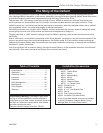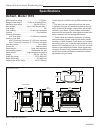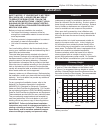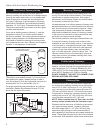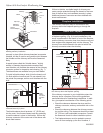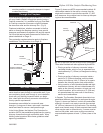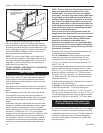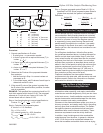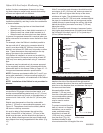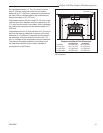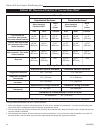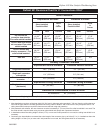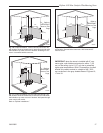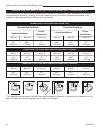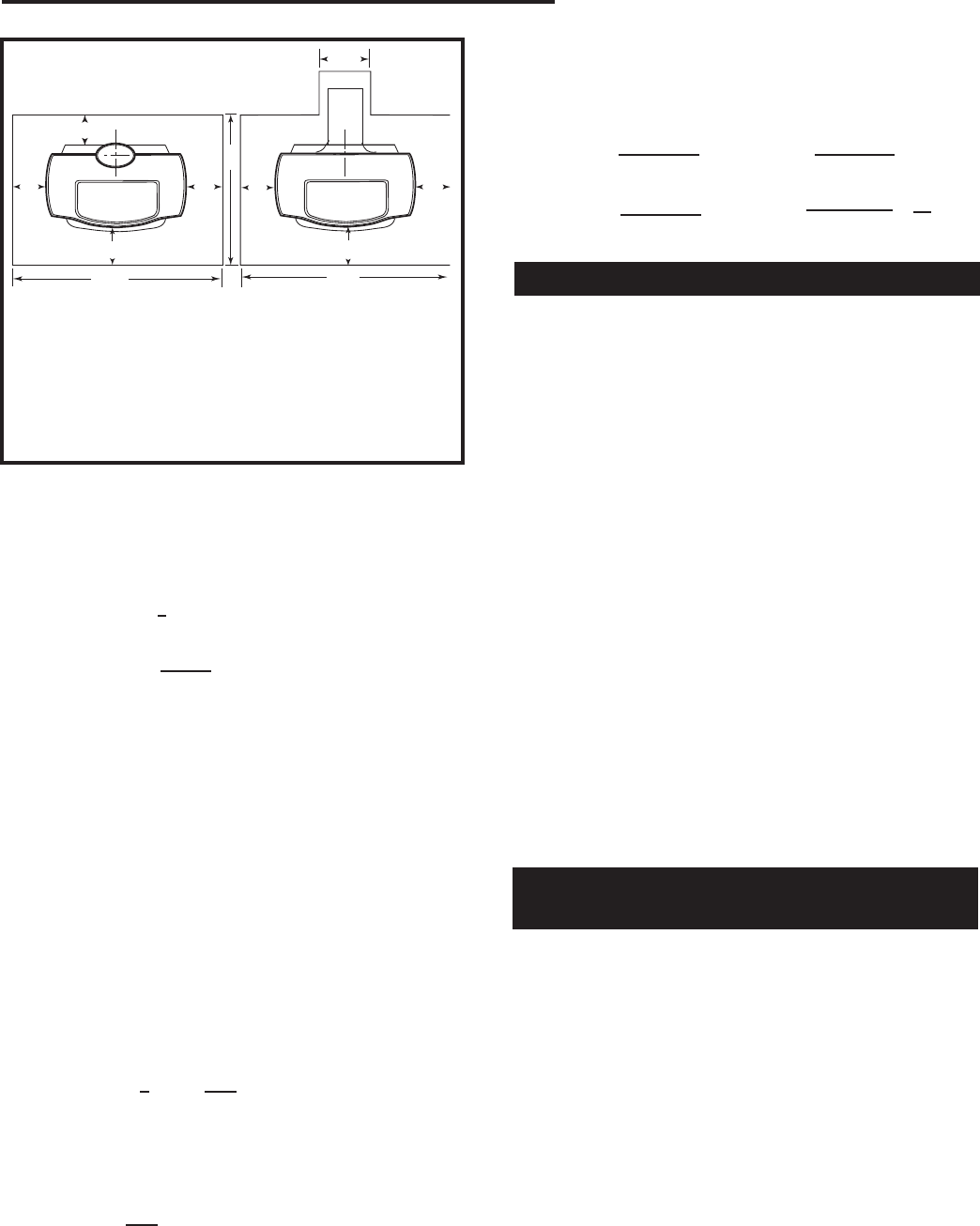
11
Defiant 1610 Non-Catalytic Woodburning Stove
30002850
Procedure:
1. Convert specifications to R-value:
i. R-value given - no conversion needed.
ii. k-factor is given with a required thickness (T) in
inches:
iii. K-factor is given with a required thickness (T) in
inches:
iv. r-factor is given with a required thickness (T) in
inches: R = r x T
2. Determine the R-value of the proposed alternate
floor protector:
i. Use the formula in Step 1 to convert values not
expressed as R.
ii. For multiple layers, add R-values of each layer to
determine overall R-value.
3. If the overall R-value of the system is greater than
the R-value of the specified floor protector, the alter
-
nate is acceptable.
EXAMPLE: The specified floor protector should be 1/2-
inch thick material with k-factor of 0.84. The proposed
alternate is 4” brick with an r-factor of 0.2 over 1/8”
mineral board with a k-factor of 0.29
Step a: Use formula above to convert specification to
R-value:
Step b: Calculate R of proposed system.
4” brick of r = 0.2, therefore:
R
brick
= 0.2 x 4 = 0.8
1/8” mineral board of k = 0.29, therefore
R
mineralboard
= x 0.125 = 0.431
R
total
= R
brick
+ R
mineralboard
= 0.8 + 0.431 = 1.231
R = x T
1
k
D
E
A
B
A
E
C
ST500
Defiant
floor protection
1/31/02 djt
E
F
E
F
U.S. Canada
A. 44” 48” (1219 mm)
B. 46” 50” (1270 mm)
C. 12” 12” (305 mm) 8” Connector
10” 10” (250 mm) 6” Connector
D. 6” 8” (203 mm)
E. 6” 8” (203 mm)
F. 16” 18” (460 mm)
ST500
Fig. 12 Required floor protection dimensions.
R = x T
1
K x 12
R = x T = x 0.5 = 0.59
1
k
1
0.84
1
0.29
Step c: Compare proposed system Rtotal of 1.231 to
specified R of 0.59. Since proposed system Rtotal is
greater than required, the system is acceptable.
Definitions
r = =
(ft
2
)(hr)(°F)
(Btu)(in)
1
k
(Btu)(ft)
(ft
2
)(hr)(°F)
K =
k = = K x 12
(Btu)(in)
(ft
2
)(hr)(°F)
R =
(ft
2
)(hr)(°F)
Btu
Floor Protection for Fireplace Installation
Do not assume that your fireplace hearth is completely
noncombustible. Many fireplace hearths do not satisfy
the “completely noncombustible” requirement because
the brick or concrete in front of the fireplace opening
is supported by heavy wood framing. Because heat
passes readily through brick or concrete, it can easily
pass through to the wood. As a result, such fireplace
hearths can be a fire hazard and are considered a com-
bustible floor.
For all fireplace installations, follow the floor protec-
tion guidelines described above, including the need for
bottom and ash door heat shields. Keep in mind that
many raised hearths will extend less than the required
clearance from the front of the heater. In such cases,
sufficient floor protection as described above must be
added in front of the hearth to satisfy the minimum floor
protector requirement from the front of the stove: 16”
(410 mm) in the United States and 18” (460 mm) in
Canada. Hearth rugs do not satisfy the requirement for
floor protection as they are not fire proof.
Fireplace installations also have special clearance
requirements to the side walls, side decorative trim and
fireplace mantel. Refer to the information on fireplace
and mantel trim shields in this section.
Keep the Stove a Safe Distance
From Surrounding Materials
Both a stove and its chimney connector radiate heat in
all directions when operating, and nearby combustible
materials can overheat dangerously if they are too close
to the heat source. A safe installation requires that ad-
equate clearance be maintained between the hot stove
and its connector and nearby combustibles.
Clearance is the distance between either your stove or
chimney connector, and nearby walls, floors, the ceiling,
and any other fixed combustible surface. The Defiant
has specific clearance requirements that have been
established after careful research and testing. These
clearance requirements must be strictly observed.
In addition, keep furnishings and other combustible
materials away from the stove. In general, a distance
of 48” (1219 mm) must be maintained between the
stove and moveable combustible items such as drying



